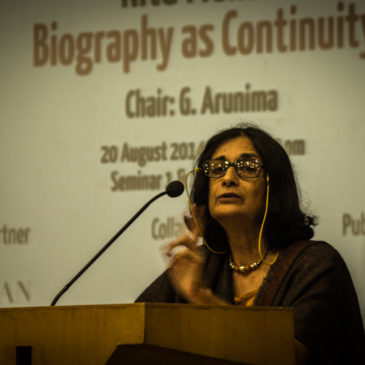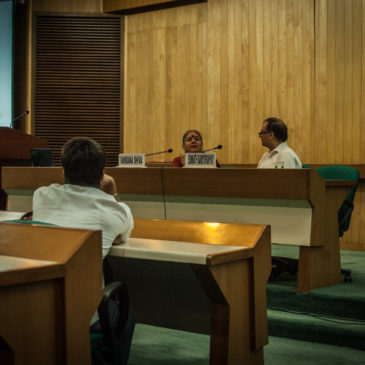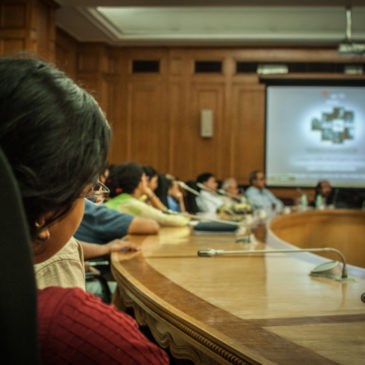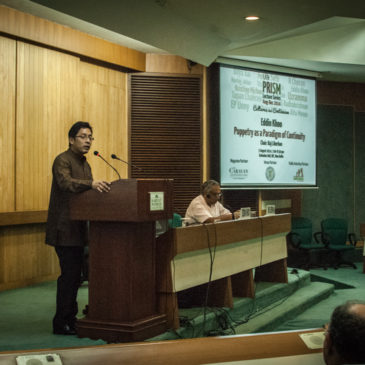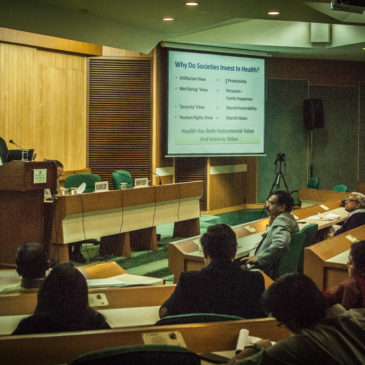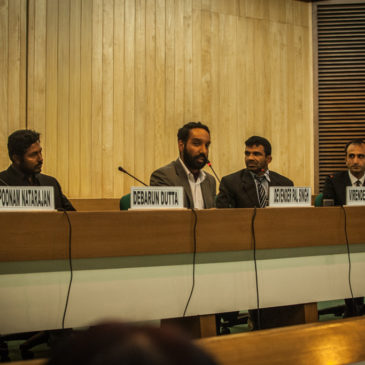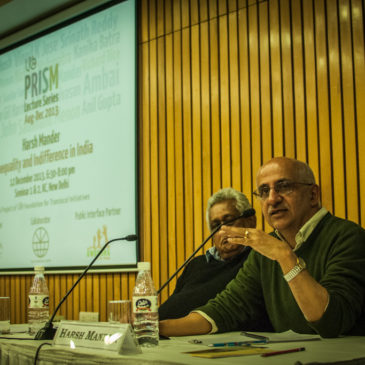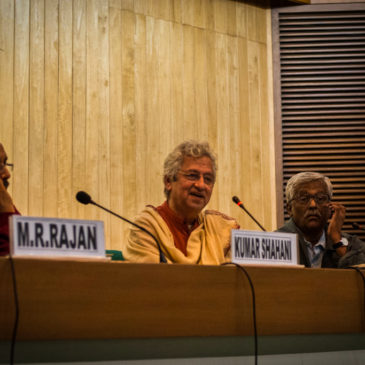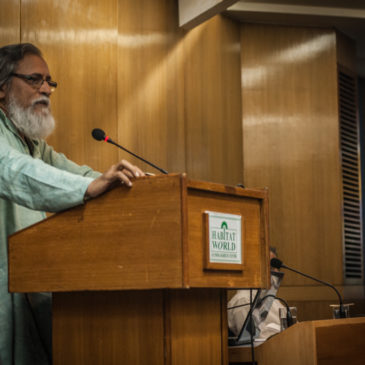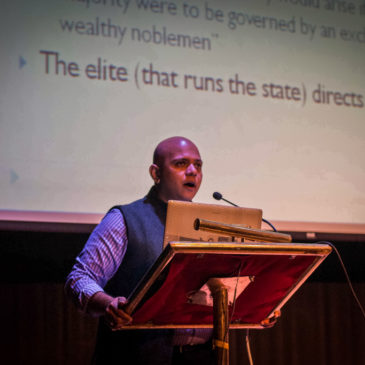Ritu Menon: Biography as Continuity
The genesis and realisation of a biography echo the way we deal with the relevance of others’ lives. Biographies attempt the full picture, the small details, the backside of the public image, on societal agents who have inspired generations. Such works aim at ‘humanising’ them, to replace the quantity of their achievements with the backdrop of their personal trajectories. But what, exactly, is at the centre of a biography? Is it the life of an individual, liberated from her own cautious confessions? Or, is it the continuous presence of an actor of change within the larger dynamic of a society’s history? As a part of the second edition of the LILA PRISM Lecture Series titled ‘Cultures as Continuum’, publisher and feminist researcher Ritu Menon reflected on the discontinuous-continuous space of interaction that the genre of biography draws into focus. Seeking to rescue its subject from her past by bringing her into the middle of the present, a biographer intensely studies history, its politics as well as its unsuspected roots in the realm of the personal. A biography is always a new take on the connection of historical periods with personal time.


